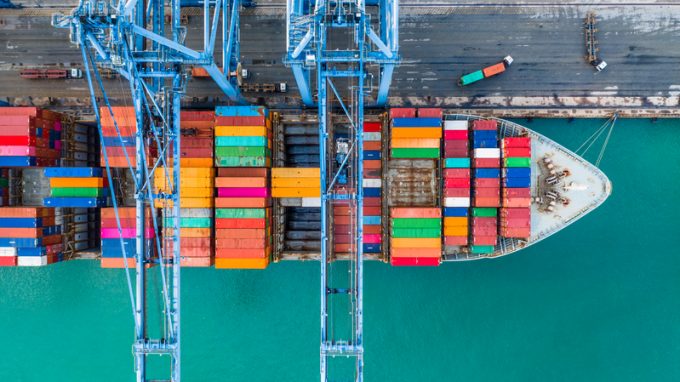Forwarders expect surcharges as ocean spot rates continue to slide
Spot container freight rates on the transpacific and Asia-Europe trades continued to soften this week, ...

Alphaliner has slashed its global container throughput growth estimate for this year to just 2.5% from 3.6%.
A weak first quarter and expected headwinds from the US-China trade war are taking their toll, said the consultant.
The downgraded growth prediction is edging closer to the negative view ...

Comment on this article